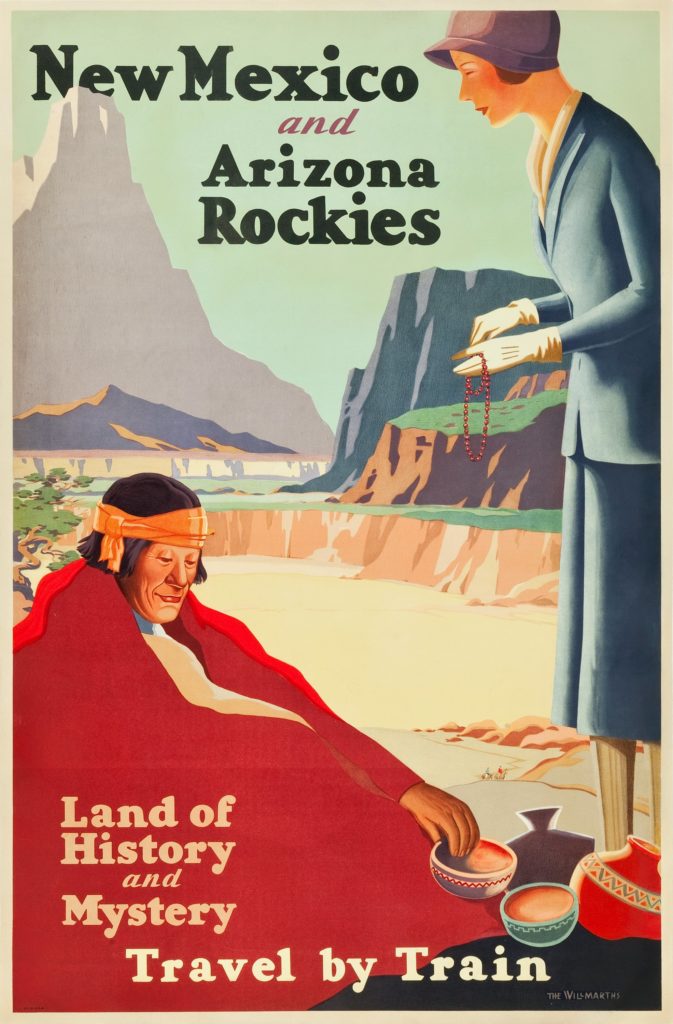
By Jim O’Neal
In 1919, America, now rapidly becoming mechanized, seemed to be filled with people inclined to travel. There was an abundance of money, and new transportation technologies were eager to provide alternatives to existing modes of travel. World War I was over and soldiers had returned home flush with cash and eager to join the social changes under way. A Model T Ford or Chevrolet 490 cost less than $400 … little more than three months’ pay.
Four million cars were already in use and Ford was selling 600,000 more each year. One in eight Americans owned a car and this would increase to one in six in the 1920s. Farmers were buying small trucks – 250,000 in use by 1916 – to haul produce to market and fertilizer back to their farms.
The stagecoach had all but vanished, but there were still 20 million horses conveying people or goods. Bus services were popping up to serve the less affluent. The joy ride was a hot, new leisure concept and the invention of the taximeter enabled motorcar taxi service in most cities. The roar of the Roaring Twenties was a combination of the internal combustion engine combined with the jazz bands on dance-hall floors and the din from speakeasies.
Amidst all this frenetic energy was a national disgrace: America’s roads.
There were plenty of them – some 3 million miles in total, but only 369,000 in 1919 were paved with any kind of durable, lasting surface. The rest were mostly dirt roads that were too often simply chassis-deep mud. They were plagued with hundreds of broken bridges or faint trails of blowing desert sands that quietly vanished, leaving travelers utterly lost.
Bad roads were a perpetual hindrance to trade, an abiding nuisance to agriculture and a profound inconvenience to the traveling public. One congressional report noted it cost more to move a peach from a Georgia orchard 20 miles to Atlanta by road than 3,000 miles by rail from California to New York.
Lobbying groups of drivers and car manufacturers were proliferating in Washington, D.C., primarily to get the federal government to assume national responsibility and eliminate the pervasive cronyism and corruption that existed in state legislatures. Most of this was ineffective since lobbyists hadn’t perfected their skills ($$$). However, help arrived from a totally unexpected source.
The War Department was developing plans to protect the West Coast from attacks from unspecified Asian enemies, a thinly veiled euphemism for Japan. Specifically, the war-gamers needed to know how quickly fully equipped soldiers could travel from the big Army bases on the East Coast to a hypothetical battlefield in the West.
A top-level decision was made to perform a real-life test to verify the time and feasibility involved. Fortunately, a quiet major volunteered to accompany the expedition strictly as an observer. His name was Dwight David Eisenhower.
Tomorrow: The creation of America’s Interstate Highway System – the greatest engineering project in world history.
 Intelligent Collector blogger JIM O’NEAL is an avid collector and history buff. He is President and CEO of Frito-Lay International [retired] and earlier served as Chairman and CEO of PepsiCo Restaurants International [KFC Pizza Hut and Taco Bell].
Intelligent Collector blogger JIM O’NEAL is an avid collector and history buff. He is President and CEO of Frito-Lay International [retired] and earlier served as Chairman and CEO of PepsiCo Restaurants International [KFC Pizza Hut and Taco Bell].
